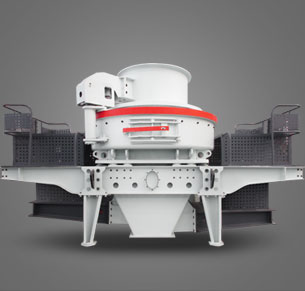Gold extraction involves several chemical processes depending on the type of ore and desired purity. Here are the most common methods:
1. Cyanidation (Most Common Method)
– Chemicals Used: Sodium cyanide (NaCN) or potassium cyanide (KCN), oxygen (O₂), lime (CaO).
– Process:
– Crushed gold ore is mixed with a dilute cyanide solution (~0.01–0.05% NaCN).
– Oxygen is added to facilitate the reaction:
\[
4\ Au + 8\ NaCN + O_2 + 2\ H_2O → 4\ Na[Au(CN)_2] + 4\ NaOH
\]
– Gold dissolves as aurous cyanide complex \([Au(CN)_2]^-\).
– Activated carbon or zinc powder is used to recover gold from the solution.
2. Aqua Regia (For Refining High-Purity Gold)
– Chemicals Used: Hydrochloric acid (HCl) + nitric acid (HNO₃) in a 3:1 ratio.
– Process:
– Dissolves gold via oxidation:
\[
Au + HNO_3 + 4\ HCl → HAuCl_4 + NO + 2\ H_2O
\]
– Gold forms chloroauric acid (\(HAuCl_4\)).
– Precipitation with sodium metabisulfite or ferrous sulfate recovers pure gold.
3. Mercury Amalgamation (Traditional but Toxic)
– Chemicals Used: Liquid mercury (Hg).
– Process:
– Mercury forms an amalgam with gold particles.
– Heating the amalgam vaporizes mercury, leaving crude gold.
 4. Thiosulfate Leaching (Alternative to Cyanide)
4. Thiosulfate Leaching (Alternative to Cyanide)
– Chemicals Used: Sodium thiosulfate (\(Na_2S_2O_3\)), copper sulfate (\(CuSO_4\)), ammonia (\(NH_3\)).
– Process: Forms a soluble gold-thiosulfate complex, less toxic than cyanide but slower.
 5. Halogen-Based Leaching (Chlorine or Bromine)
5. Halogen-Based Leaching (Chlorine or Bromine)
– Chemicals Used: Chlorine gas (\(Cl_2\)) or bromine (\(Br_2\)).
– Process: Forms soluble gold chloride





Leave a Reply